Adversarial Mindset Challenge

Description
In the exercise, you’ll quickly complete a series of puzzle challenges designed to encourage critical thinking in a short time frame.
Instructions
- Complete the puzzles in 5 minutes
- Follow each puzzle’s instructions
- Begin when ready
!! Stop Here !!
Do not continue until ready
Start of Puzzles
9 Dot Puzzle
Instructions:
Placing your pen on the page only once, draw four straight lines that pass through all nine dots without lifting the pen from the page.
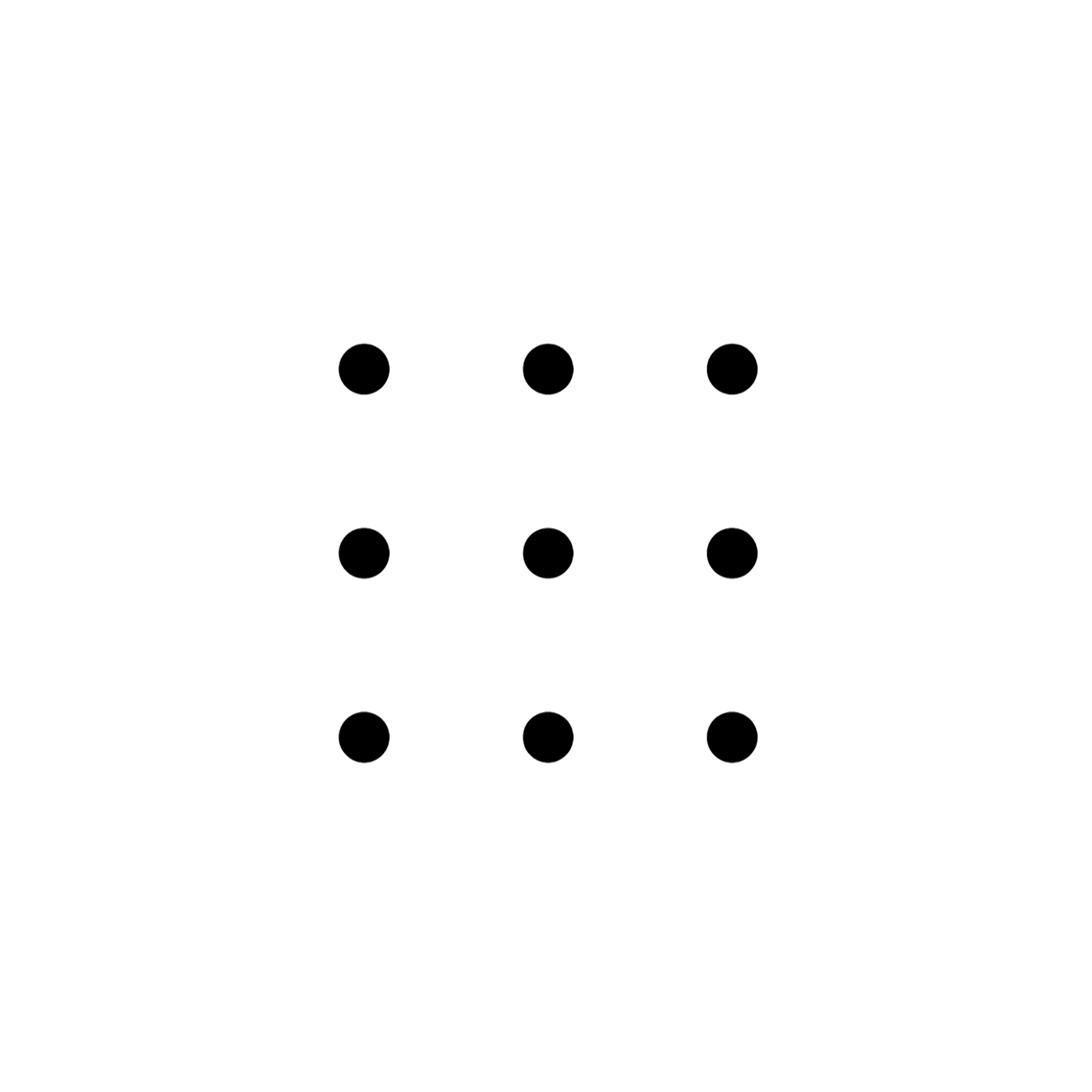
Maze Challenge
Instructions:
Draw a line from the laptop to the data center.
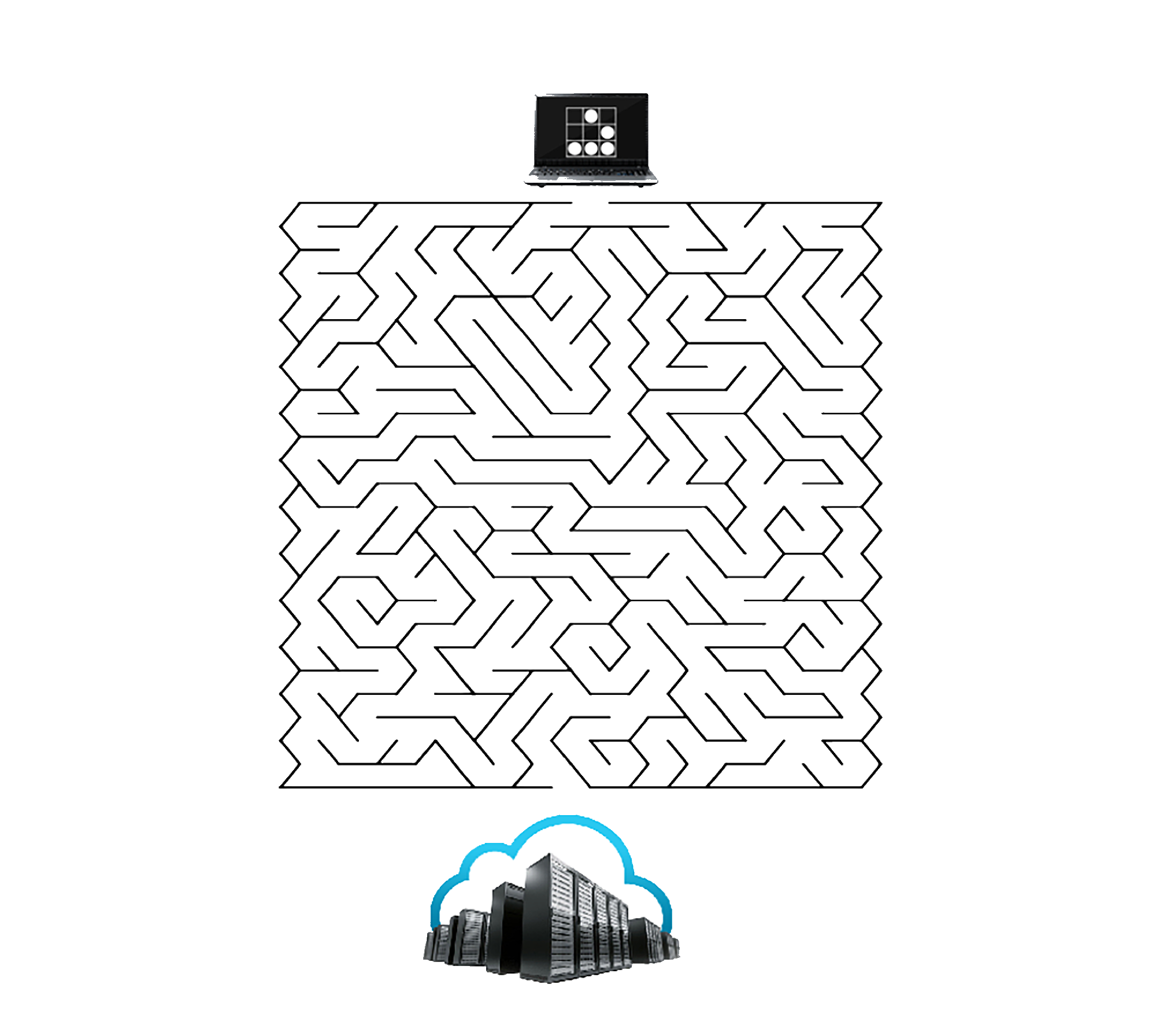
Triangle Puzzle
Instructions:
Count the triangles. How many are shown?
Answer:
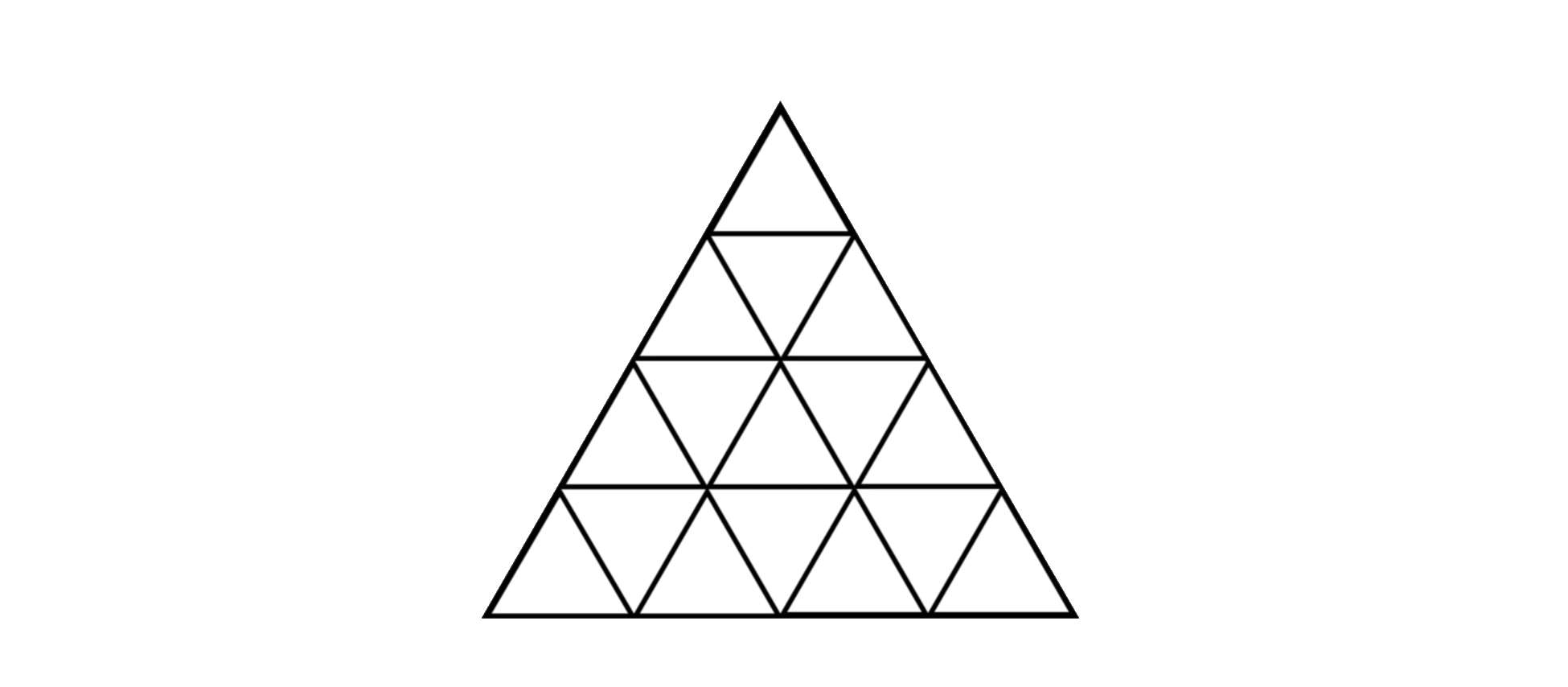
Word Puzzle
Instructions:
Write your explanation to the following story.
A man walks into a bar and asks the bartender for a glass of water. The bartender pulls out a gun and points it at the man. The man says “thank you" and walks out.
Alternative Thought Processing
Instructions:
Contemplate the following and think of areas in which common misconceptions or bias influence how security is implemented or approached in your organization.
Given the red dots are areas in which combat aircraft are often hit during engagement, what does the following diagram indicate? What would be your recommendations for additional armoring of the aircraft?
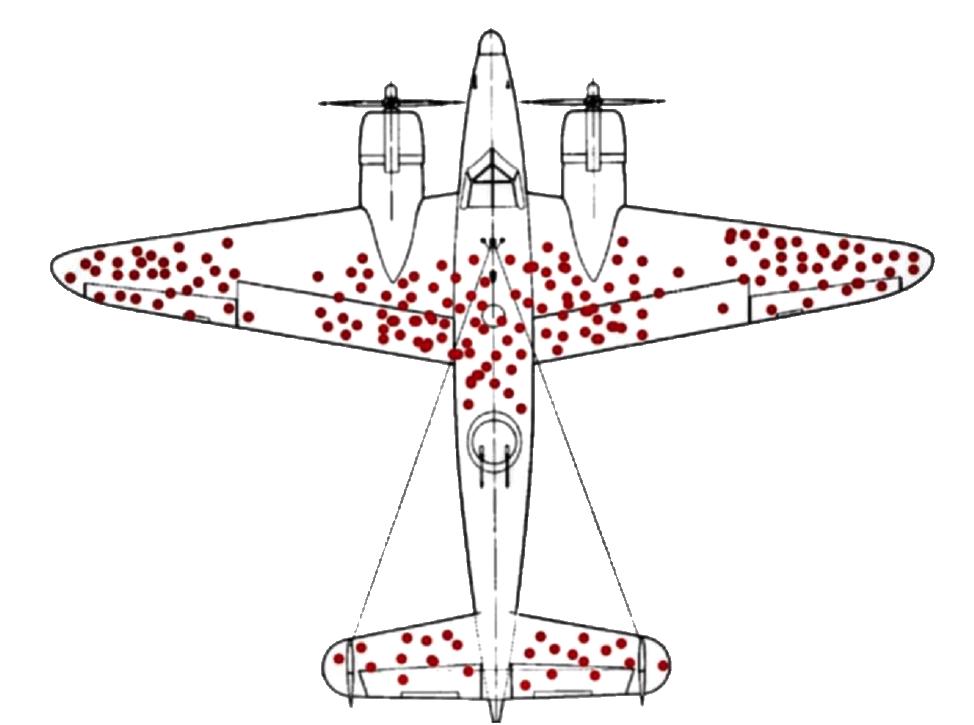
!! Stop Here !!
Warning: Do not continue until ready to see solutions
Solutions (Don't Peek)
The following are possible answers to the puzzles.
9 Dot Puzzle

Possible answers are shown. How does your solution compare?
Maze Challenge
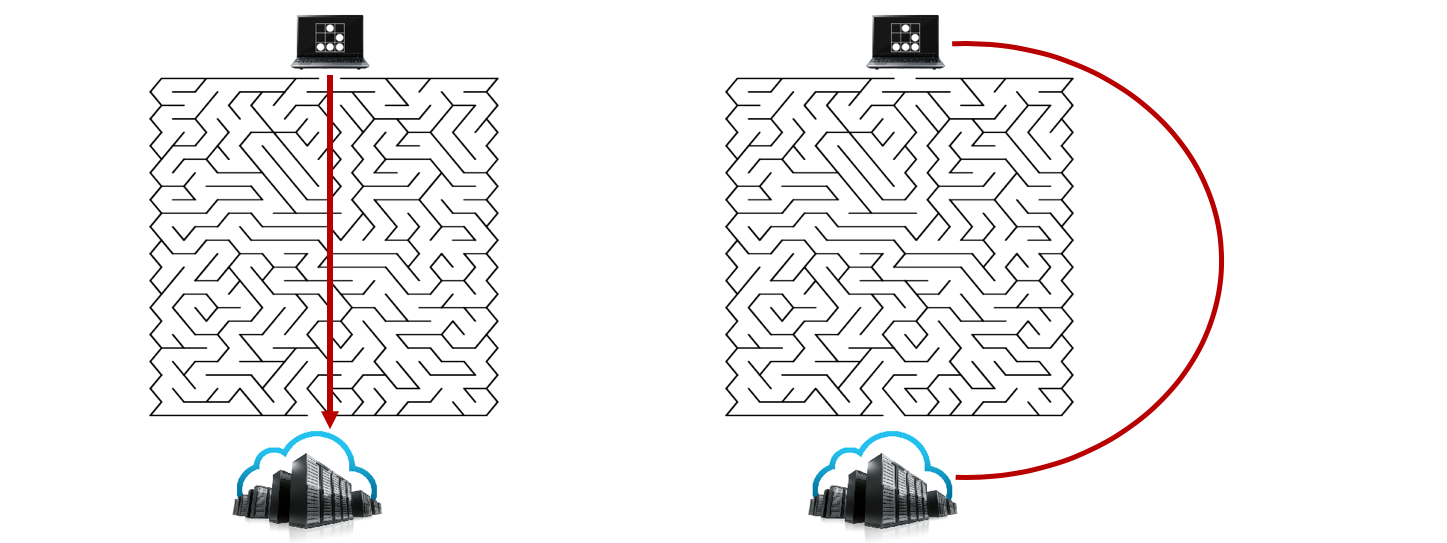
When thinking about solutions to problems, don’t let assumptions and limitations prevent possible solutions.
Triangle Puzzle
Total Triangles = 27
When faced with a problem for which you don’t know the "formula," a brute force approach may be needed. Lessons can be learned, and "formulas" can be added to your knowledge base to improve efficiency when faced with similar problems in the future.
Formula:
T(n) = floor(n*(n + 2)*(2n + 1) / 8)
Example:
f(4) = 4*(4 + 2)*(2*4 + 1) / 8 = 27.000
Reference: http://www.billthelizard.com/2009/08/how-many-triangles.html
Word Puzzle
Classic Solution:
The man had the hiccups and wanted a glass of water to help get rid of them. The bartender could hear the hiccups when the man spoke, so he brought the gun out to scare the hiccups away. It worked, and the man thanked him and left, no longer needing the glass of water.
Alternative Thought Processing
During World War 2, the U.S. Navy performed a review of aircraft with combat encounters. This review intended to determine where aircraft needed additional armor to ensure survivability and safe return. Upon analysis the Navy decided all the locations where bullet holes were found needed to be better armored as they are more likely to be hit. These included the tips of the wings, the central body, and the elevators.
A Navy Statistician, Abraham Wald had another theory. The areas with bullet holes identified where the aircraft was already survivable. He recommended armoring the nose, engine, and mid-body although few of the aircraft had damage to those areas. Why?
Wald recognized those areas were also being shot; however, weren't able to return safely. He correctly surmised that aircraft with shots to the wings, central body, and elevators were able to return while those with shots to the nose, engine, and mid-body were catastrophically damaged and unable to return.
Consider how this scenario translates to Red Teaming or security in general. Also consider what is known (and unknown) given information from threat intelligence, current events, and indicators.
Reference: Wald, Abraham. (1943). A Method of Estimating Plane Vulnerability Based on Damage of Survivors. Statistical Research Group, Columbia University. CRC 432” — reprint from July 1980, http://www.dtic.mil/get-tr-doc/pdf?AD=ADA091073&Location=U2&doc=GetTRDoc.pdf
Conclusion
In this exercise, you completed puzzles designed to encourage critical thinking.